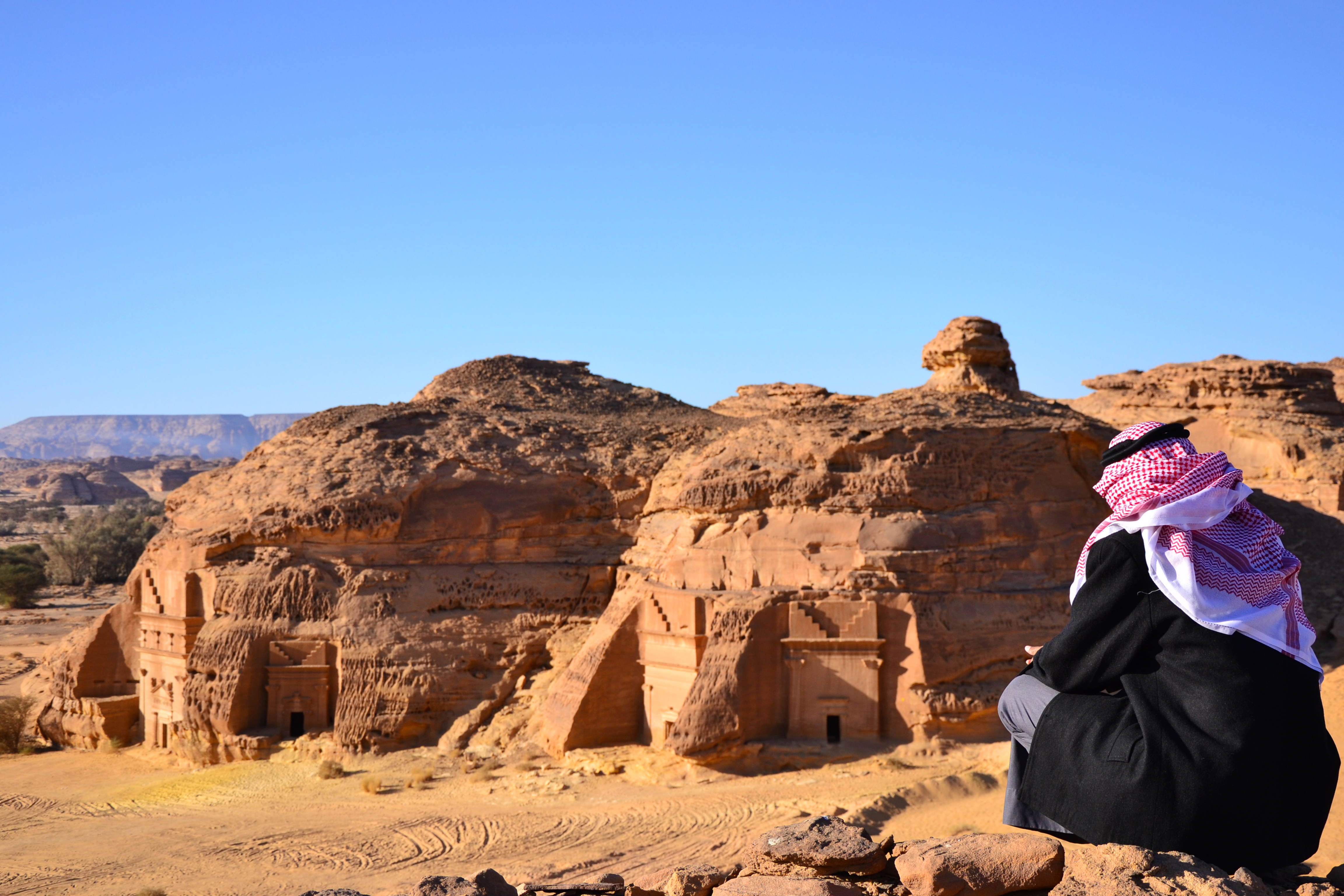Madain Saleh, also known as Al-Hijr, is a remarkable archaeological site in Saudi Arabia, lauded for its incredible rock-cut tombs from the Nabataean kingdom. Often compared to Petra in Jordan, Madain Saleh is located in the Al Ula province. It played a vital role as a crossroads of trade routes linking different civilizations from the Arabian Peninsula, the Levant, and beyond. Designated as Saudi Arabia's first UNESCO World Heritage Site in 2008, it holds immense historical significance as a testament to the Nabataean civilization, which thrived from the 4th century BC to 106 AD.
Culturally, Madain Saleh is crucial for understanding the Nabataeans, who are known for their architectural prowess in carving monumental tombs and structures out of solid rock. The site has 111 monumental tombs, with intricate facades and inscriptions, spread over an area of about 13.4 square kilometers. Notable landmarks include Qasr Al Farid, the largest tomb, known for its grand, yet isolated, appearance and the Diwan, a gathering place for Nabataean elites.
Geographically, Madain Saleh is situated in a desert region with a hot, arid climate, characterized by scorching summers and mild winters. Its remote location amid picturesque sandstone mountains and wide desert valleys gives it a unique and awe-inspiring landscape.
The site is celebrated annually through the Winter at Tantora Festival, which brings art, music, and cultural activities to the region, highlighting the rich heritage of the area and attracting tourists from around the world.
An interesting fact about Madain Saleh is the existence of ancient water channels and wells that show the Nabataeans' sophisticated water management systems, allowing them to thrive in an arid environment.
 Sammy Six , CC BY 2.0, via Wikimedia Commons
Sammy Six , CC BY 2.0, via Wikimedia CommonsSaudi ArabiaMiddle East
Nearby Places
Log in to write a review.
Sustainable Travel Tips
Plan Mindfully
- Choose direct flights when possible
- Travel during off-peak seasons
- Pack light and bring reusables
- Prefer eco-friendly accommodations
At Your Destination
- Use public transport or walk
- Support local businesses
- Respect wildlife and habitats
- Choose activities with minimal impact
Daily Habits
- Reuse hotel towels
- Take shorter showers
- Turn off lights/AC when out
- Carry a reusable water bottle
